Ensuring the Future of Science
May is an exciting month at the Museum and Sea Center. The butterflies have arrived, camp instructors are being trained, and baby birds are making their way from their nests. Inevitability, this time of year is also a bit bittersweet as we bid farewell to our Quasars to Sea Stars teen graduates.
For the last three decades, more than 225 students have worked alongside Museum scientists immersing themselves in our world-class institution while developing a lifelong relationship with the Museum.
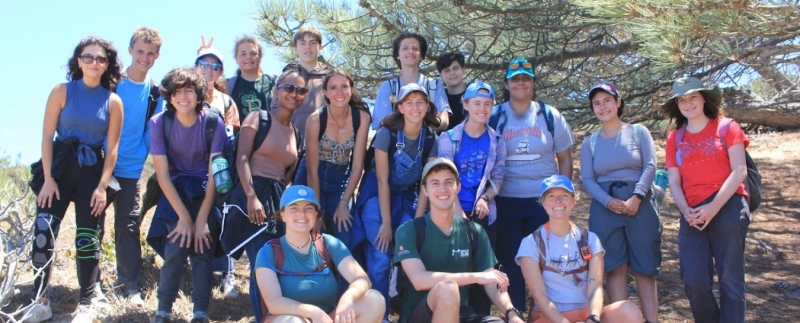
The 15 dedicated teens currently in the Quasars to Sea Stars program visited Santa Rosa Island on a multi-day field trip.
Started in the summer of 1992, the Quasars to Sea Stars program provides teens an intensive educational experience emphasizing experiential learning. “The program solidified my earnest passion for understanding and discovering the natural world, while giving me the kind of camaraderie and support system that high school-age teens need at that impressionable and vulnerable age,” remarked Quasar alum of 2013 Michelle Sevilla. Michelle now works in communications for the California State Assembly.
Whether maintaining an exhibit, cataloging collections, or working side-by-side with scientists conducting cutting-edge research, students learn the ins and outs of inquiry and discovery. As graduating Quasar Caleb Jensen notes, “Quasars has really helped me grow as a person and find my interests. It opened me up to so many opportunities that I would likely not have been exposed to otherwise. It has helped me find out what I want to pursue in college as well.”
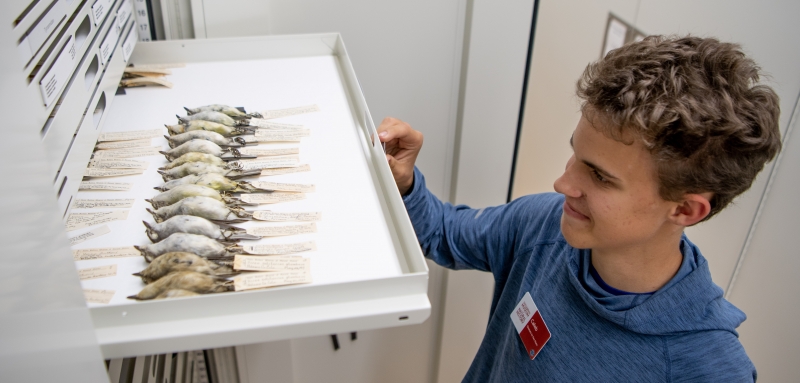
Quasar Caleb updating drawer labels during a paid workshift in the Department of Vertebrate Zoology
During the three- or four-year program, students work within numerous departments, but also act as Museum educators, program staff, and summer camp assistants. They learn alongside Museum scientists, then pass that knowledge on to peers and guests. With the one-on-one attention they receive, quasar students develop into confident, motivated individuals.
Our program can boast tremendous success. 89% of students that complete the program go on to higher education, and quasar alumni are four times more likely to pursue majors in STEM fields than the average U.S. undergraduate. This proven track record of motivating students toward college and careers in the sciences makes the program a vital asset to educate new generations of scientifically literate citizens who will be able to compete and contribute in a globalized world.
The importance of the Quasars to Sea Stars program and its impact has been recognized by our generous community. With a substantial donation from the Hollis Norris Fund and David and Lyn Anderson, the Museum created the Quasars to Sea Stars Endowment in December 2020 providing operational support for this important teen program. I am thrilled to share that this endowment just received a significant boost by an anonymous donor taking the endowment to the million-dollar mark.
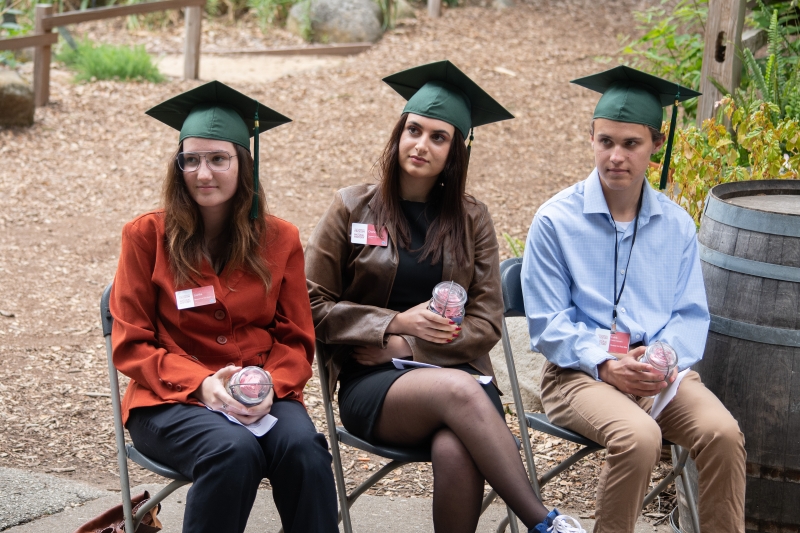
Graduating Quasars Stella, Donna, and Caleb were honored at our customary senior send-off at the Museum.
The recent quasar endowment gift involved the donation of a life insurance policy and the thoughtful consideration and diligent work of many. Our anonymous donor found their financial needs had changed since their life insurance policy was created as a safety net for their young family many years ago. Now with a grown family, stable finances, and a healthy retirement, there was no longer a need for the life insurance policy, and yet a big desire to be rid of the policy premiums. Thoughtful work by Museum staff and trustees determined to surrender the donated policy resulting in the Museum receiving the policy’s cash value. This incredible gift will live in perpetuity through the passion, skills, and professionalism of our dynamic Quasars to Sea Stars students. For information on making a gift of insurance to the Museum, visit our legacy giving page or join us for our upcoming Lunch & Learn Webinar: Make Life Insurance Work for You.
As our latest group of quasars fly the nest, we are thankful for such generous hearts who help to build the nest, and the countless people under whose wings our quasars were nurtured.
Top photo by Vanessa Delnavaz
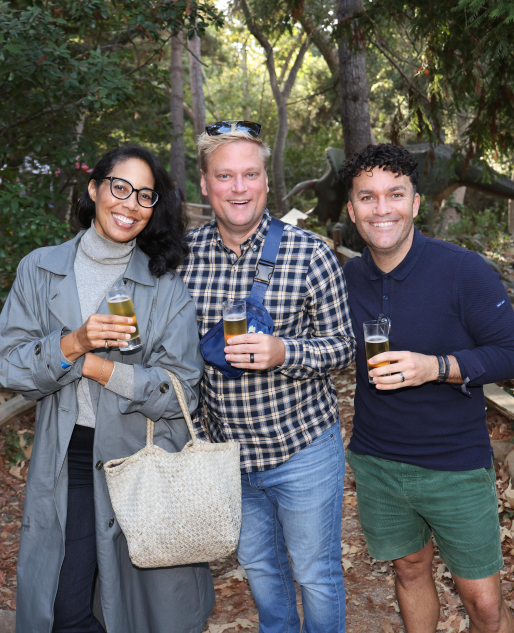
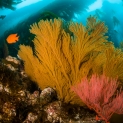




0 Comments
Post a Comment